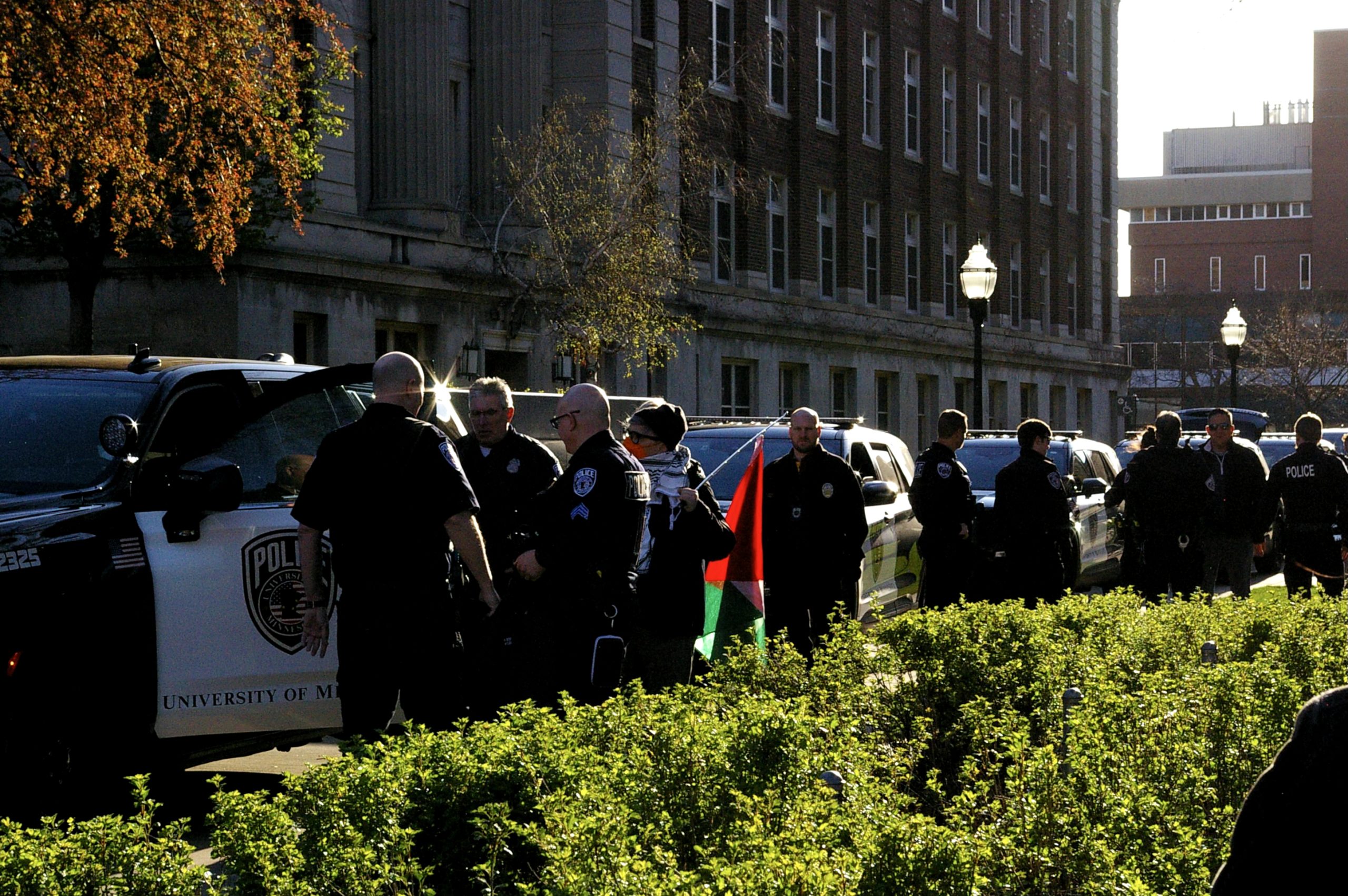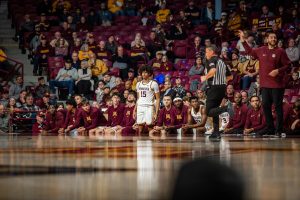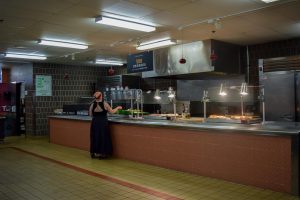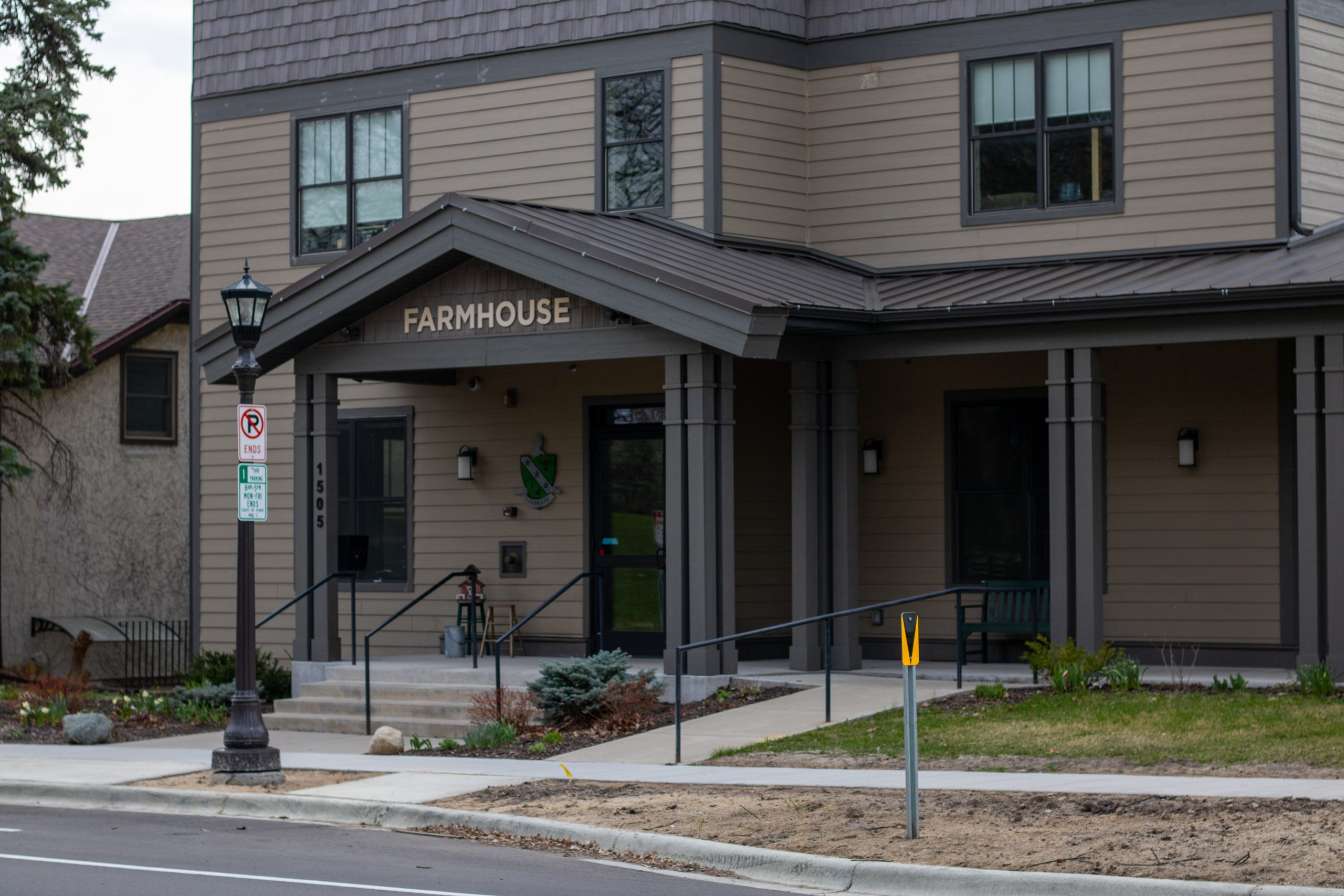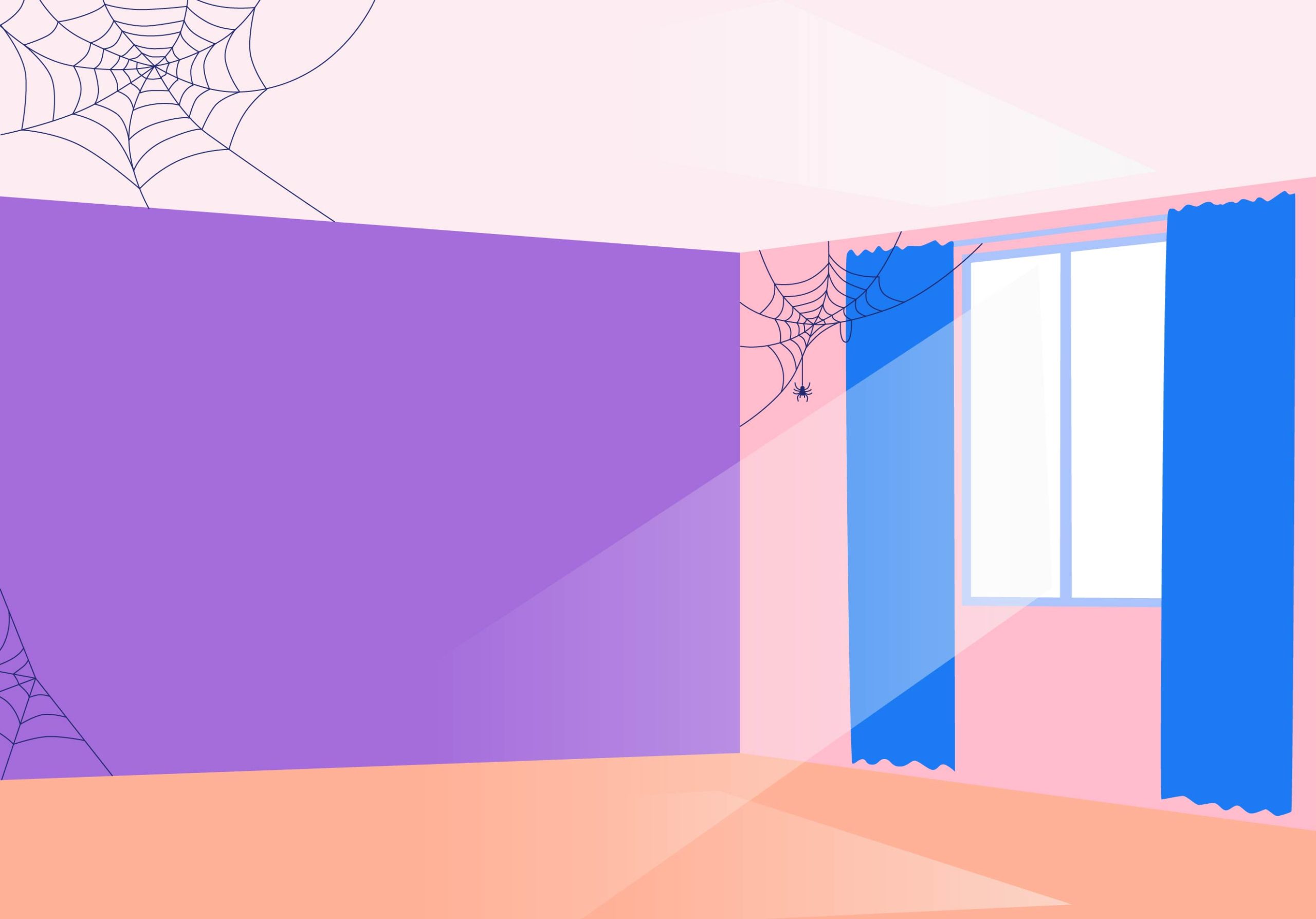Christopher Charbonneau:
I was drawing in high school. Basically art class was the only thing left, it was either that or study hall. I had an interest anyway, but it was a good opportunity. I wasnâÄôt planning for it.
I started off in IT. I was actually going for astrophysics. I just found I kept doing art instead of homework, so I thought IâÄôd switch. Mid-way through my first semester of college I started making the plans.
I think [my parents] wanted me to go and, uh, have a job that made a lot of money.
From time to time I will read theoretical physics books, but theyâÄôre written more in a way thatâÄôs about history, and kind of entertaining. I donâÄôt do any more math. I like dealing with systems, and thatâÄôs sort of what math was about. I guess I thought physics would be about math, but itâÄôs about a certain kind of problem solving, one that I wasnâÄôt particularly good at.
I recall when I was doing math homework, I would pay more attention to how I was drawing the numbers than the actual answer, and so I guess it was more rewarding being in art.
I hit the ground running. I took a concepts class, a drawing class, [a] sculpture class. I had a lot of fun that semester, and I was still in the IT dorms at the time, and everyone was kind of jealous.
I think there was a drive to try to be political with an image, and thinking that that was what art was about. And then finding that thereâÄôs a richness in just being purely visual, in creating forms and lines and things. I think I made a picture in the dorms thatâÄôs, like, Uncle Sam and Ronald McDonald. Just kind of silly juxtapositions, and now itâÄôs more mature. I think when you make a lot of pictures and you get a lot of critiques, youâÄôre going to see that thereâÄôs more to an image than just whatâÄôs in the image.
I had a certain formula that I was working with and then at the same time trying to disrupt. IâÄôd put down, like, a generic human form, and then I work against it, and I just keep working back and forth. But now IâÄôm working specific forms, like these are more like portraits now. These are like real people, and those were kind of generic people. [Now], IâÄôm thinking of a person as a subject.
Part of the response method [of painting], you see something you donâÄôt like, and you have to fix it. Or you might say, âÄúItâÄôs something that I donâÄôt like, how could I make it work in the painting so that the viewer also doesnâÄôt like it?âÄù And that itâÄôs something uncomfortable and I could work that into it and make it intentional.
ThereâÄôs an effort to produce a tension, whether itâÄôs one passage or the entire painting. In one of them it might be a feeling of anxiety or violence, in another itâÄôs maybe more sexual or something. But youâÄôre using those tensions to pull out feelings in the painting.
I think youâÄôve got to hold [the feelings] off to the side. The feelingâÄôs there, but itâÄôs in the peripheral, itâÄôs something I can dismiss anytime. ItâÄôs not overtaking me.
I think it was for a couple of months when I was working really hard on those paintings, probably all the paintings from 2009 to early 2010, it would happen. What happens is, you look at the paint so long, and you look at the color relationships, that when you go outside, youâÄôre seeing the color as you would see it, like a painting.
ThereâÄôs something about memory that distorts at least the color of what you see, so IâÄôm often surprised at the color thatâÄôs used. Especially when youâÄôre working so long you kind of get used to it. When I was making those pieces, it was definitely more automatic. It was kind of a physical process more than a mental process. I might have been thinking three steps ahead, but it wasnâÄôt like I had a goal and was doing everything I could to get to it. The goal was revealing itself.
Eamonn McLain:
IâÄôve never done clay. ItâÄôs funny, kind of stereotypically youâÄôd ask someone if theyâÄôre a sculptor, âÄúOh, you work with clay?âÄù I like objects. I got into widdling swords and knives when I was pretty young. It was just a matter of being with my dad, who works on buildings. ItâÄôs mostly a painting job, but heâÄôll fix things if theyâÄôre broken. And I just have this desire to, like, work in three dimensions, and fix things and have a sense of pride to have made an object. I like the interaction.
I think the first [piece of art] might have been [when] I made a boom box out of cardboard when I came here. Everything else had a utility, like play swords and knives, or bows and arrows.
[My work now] is not necessarily a utility, but an interaction. ThereâÄôs something about building something that âÄî like, I donâÄôt have a lot of space in my life, so itâÄôs like if youâÄôre making something 3D, three-dimensional objects tend to take up more space in your life.
Actually, I started in architecture. I was really interested in making the models, but when I found out that the architect doesnâÄôt actually do any of the construction, thatâÄôs when I lost interest. I tried to figure out what I wanted to do, and then I ended up taking two years of math and science. I went from architecture to wanting to do mechanical engineering, so I took a fair amount of calculus, and physics and chemistry.
I had to declare a major before I could study abroad, and I came back and only took classes that I wanted to. I was sick of taking classes that fulfilled something.
As much as I like abstract art, IâÄôm not interested in making abstract art. And what that means is that a lot of the work IâÄôm making is function without function, and has more of an abstract concept than necessarily an abstract form.
I think Chris Larson is a great professor. I didnâÄôt get along with him very well when I had classes with him. But he comes from a tradition of having a very conceptual basis. And that really pissed me off, because he wasnâÄôt really concerned with the form. But now not being in his classes, I feel like it continues to impact my work even though IâÄôm not necessarily working with him.
Also, Mark Knierim. HeâÄôs the head tech at the shop. HeâÄôs helped me a lot, and just been really great and kind of a mentor.
IâÄôm making a 14-foot-tall fort that fits two. ItâÄôs basically just like a glass cube thatâÄôs up in the air.
[Knierim and I] are talking about doing a winding staircase that goes up to it, so I just milled a log yesterday. IâÄôve never made a staircase before, so IâÄôm going to have to learn how.
IâÄôm planning on building a full sauna. So then that moves into this realm of making interior spaces, and then the impacts of smaller interior spaces.
And then, also, forts: IâÄôm very interested in the idea of a fort and the expectations that you have of approaching and being inside a fort, and then the adventure and action thatâÄôs involved with forts. ItâÄôs a lot about play and utility. But also, itâÄôs kind of on the same lines of a function without a function. Like, whatâÄôs the point of play? And whatâÄôs the point of this hopefulness and adventure, and how you can relate that to an object.
I just donâÄôt have that many works that I feel that confident about. So a lot of how IâÄôve taken the approach of being in school is, like, IâÄôm learning techniques that IâÄôll be putting to use later.
I tend to not like my pieces. ThereâÄôs so much work of, like, wanting something to be a certain way, and then you get done with it, and youâÄôre like, âÄúMan that sucks, thatâÄôs not how I wanted it.âÄù And then you come back to it and youâÄôre like, âÄúYou know what, this is OK.âÄù And I think to a certain extent thatâÄôs good, because you never want to be fully satisfied with something, because it gets repetitive and then you stop exploring.
Emma Cook:
I started home schooling in third grade, and then finished my sophomore year at home. And then in my junior year I started as a PSEO student at the University of Minnesota. My parents really encouraged us to pursue anything that we love, so there was a lot of time making art growing up. My dadâÄôs a scientist, my momâÄôs an animal rescuer. I mean, theyâÄôre artistic in their own way. But my little sister is a fashion design major, and my older sister is going to culinary school, so, I guess, different kinds of art.
I started with a lot of photography, I had a darkroom in my house growing up. I fell in love with portraits, and people, and having people sit for me to draw or to paint. So I sort of didnâÄôt know it at first, but I loved working with people in all my work, and thatâÄôs been pretty consistent in all my work since I was young.
I always liked the idea of being an artist. It was always kind of a cool fantasy I had growing up. I was pretty artsy and rebellious growing up. Once I started, it was pretty clear to me that I wanted to continue. Being a PSEO student at the [University of Minnesota], I kind of got some special attention, and it was nice to have people kind of working with me as a young girl and sort of talking to me about my options and maybe pursuing it as a career. And ever since IâÄôve been trying to get shows and trying to push it hard.
I got joined up with this really great collection of girls called the Nouvelle Femme, a lot of strong women. I sort of got joined with them as a youngster, and they kind of pushed me to do a big show with them. It was just a collaborative work, collective. We all sort of worked together and inspired each otherâÄôs work. I did painting and drawing for that show, and they made a [fashion] line and the band played a nice set that was all new music as well. We wanted to do a project that was just women.
I kind of had a lot of anal retentiveness about details, and I did a lot of small drawings, very detailed drawings, trying to work on realism. I sort of felt there was a lack of traditional technician ability within art school, and within sort of the community. And I wanted to establish myself as someone who could draw, someone who could paint a portrait realistically âÄî which is extremely difficult. And IâÄôm still working on it. But I kind of wanted to master some things before I started going the direction of being expressive and abstract.
I always felt that the connection to some of the old masters that way is important. Because you donâÄôt lose yourself in sort of this idea that âÄúanything can be art.âÄù You kind of have to have the ability to make beautiful drawings, and beautiful paintings.
IâÄôve done a lot of animals, and, sort of, natural artifacts. And now IâÄôve really gotten connected to the idea of drawing women and painting women. IâÄôve had a lot of female influences in my life.
I really just enjoy drawing nudes, painting. ThereâÄôs sort of a level of sensuality within my work, but itâÄôs not really pushing to like, pornography. I like sitting on the line between a nude and being naked.
I kind of just found myself painting nudes. I just like the female form, and the male form, too. ItâÄôs more simple to sort of draw without clothes, especially if youâÄôre going from your imagination. I find it just more natural.
I wish I was a little bit better at exploring more social issues or things that concern a lot of people. But itâÄôs sort of turned into this dissection of my own self, and I have a hard time, thinking that I do that too much. But IâÄôd say that by sort of internally inspecting, it turns out there are quite a few people that can relate to the work by their own internal inspection of themselves.
Two nights ago I was at my studio at school and I had a 4-by-8-[foot] painting and I just totally whited it out except for one central figure, who was also white. I just erased like a good ten hours of work in one sitting. Then I went home and stayed up late, whiting out another piece I did. Sometimes itâÄôs really refreshing. Once you really start liking a section of your piece, itâÄôs really hard for you to complete it, because youâÄôre constantly working around that [section], and sometimes you need to start over.
IâÄôm applying to grad schools, and my sister is living in Florence [Italy], so I think I might take a little time off and go visit her. I think itâÄôll be a good inspiration to keep working and learning new things. IâÄôd love to try my best at working and supporting myself as an artist. IâÄôd love that.
Daily Email Edition
Get MN Daily NEWS delivered to your inbox Monday through Friday!
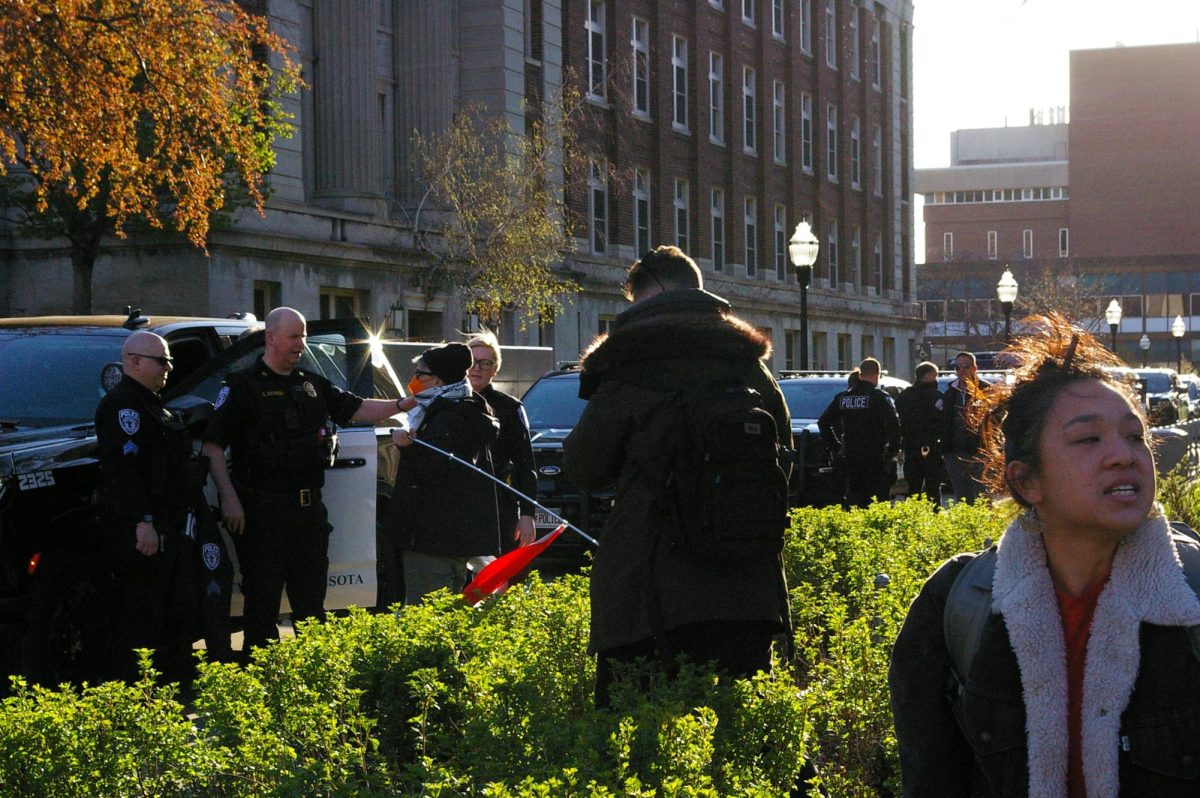
Published April 26, 2024
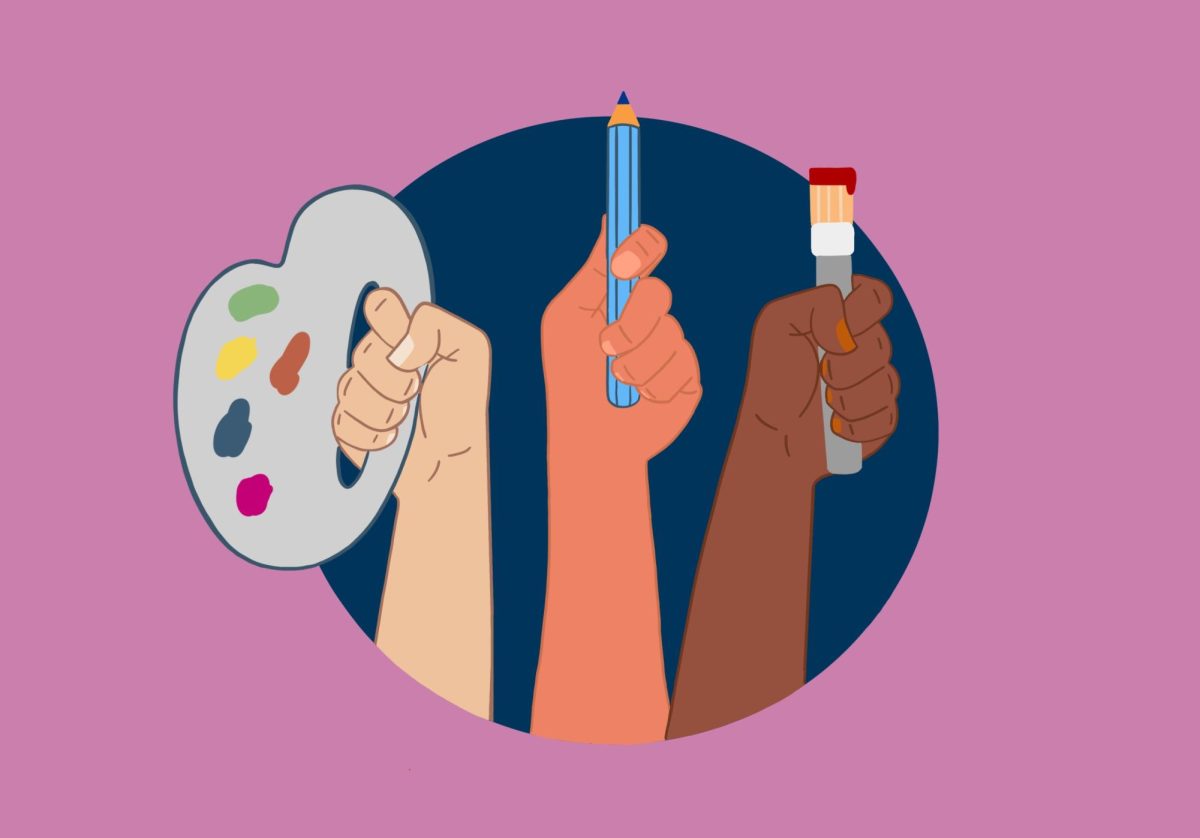
Published April 26, 2024

Published April 26, 2024
Trending
Artists in their own words
The Daily listened to three promising undergraduate artists talk about their lives and work.
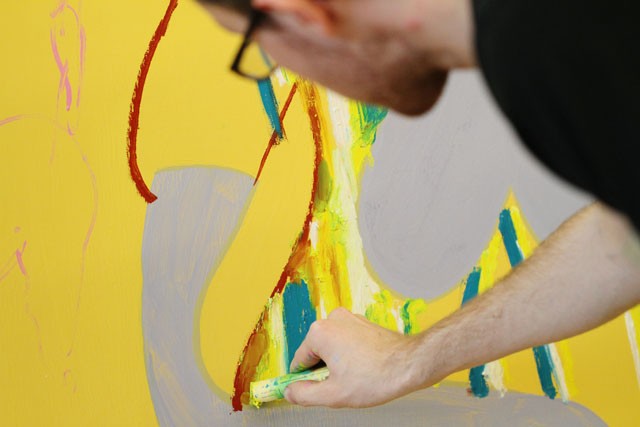
Image by Erin Westover
Chris Charbonneau works on his next painting Saturday afternoon in the Regis Center for Art. This painting will be a part of a new series he is producing and is being painted on plywood frames he built and is his first time working with oil bars.
by Mike Mullen
Published November 9, 2010
Leave a Comment
Advertisement
The Minnesota Daily • © 2024 The Minnesota Daily • Privacy Policy • FLEX Pro WordPress Theme by SNO • Log in


